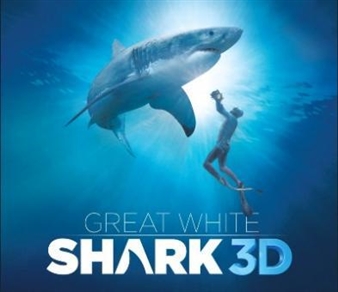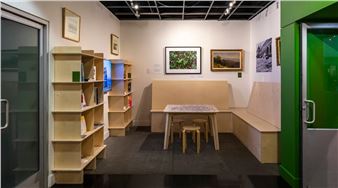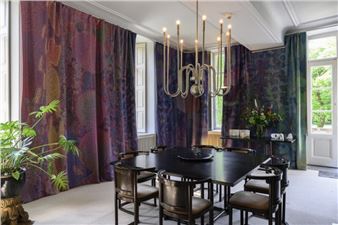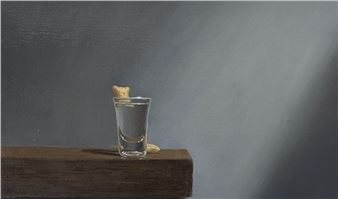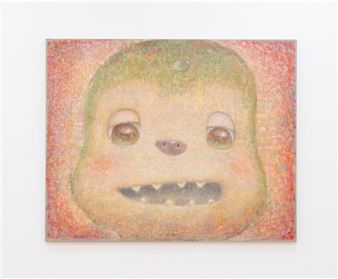Ben Vida: [Smile on.] . . . [Pause.] . . . [Smile off.]
Lisa Cooley is pleased to announce [Smile on.] . . . [Pause.] . . . [Smile off.], the galleryÔÇÖs first solo exhibition with New York-based artist Ben Vida.
For this exhibition, the artist will present two new bodies of work, consisting of videos and text pieces. Soft Systems Music (Video #1), a projected video, takes center stage in the gallery and refers to a method of composition Vida developed in order to sonify human expression. Rooted in VidaÔÇÖs interest in psychoacousticsÔÇöthe study of the physiological and perceptual effects of sound on the bodyÔÇö Soft Systems Music (Video #1) turns the bodyÔÇÖs reaction to sound inside out, allowing the physiological response itselfÔÇöan individualÔÇÖs smileÔÇöto generate the sound.
The video presents a series of actors, filmed from the shoulders up, who stare directly into the camera lens. Each face smiles and stops for brief durations before the scene shifts to another protagonist. Each smileÔÇÖs unique soundtrack stimulates the peripheral nervous system, highlighting our internal narratives by engaging emotional factors beyond our immediate control.
VidaÔÇÖs compositional approach emphasizes the errors or imperfections inherent to human sensing. Besides producing unexpected sonic results, his mode of production creates strange sense inversions. Once Vida couples image and sound, oneÔÇÖs relationship to each element shifts. There is a moment when the hierarchy of the senses is problematized as image is received through sound and vice versa. In essence, the aural qualities of the artwork amplify the emotive potential of VidaÔÇÖs corresponding images.
The Speech Acts, the other new body of work in the exhibition, consist of text-based proposals for duo vocal performances. These works push the textual into the textural as the visual tempos, accents, and rhythms of language begin to take priority over linguistic meaning. Inspired by the graphic and typographical gestures of concrete and sound poetry, as well as the formal structures of Samuel BeckettÔÇÖs dramatic works, the visual language of these pieces blurs the line between text and imageÔÇöat times obscuring the verbal significance of the language in order to foreground its visual effects and impressions.
In a sense the Speech Acts describe a conversation between two characters who may or may not be the same person. While the main voice struggles to communicate in simple terms, the bracketed voice expresses stage direction, sub-text, inner dialogue, and autonomous narration. By breaking the stream of content into two threads, Vida plays the internal voice against the external one, illuminating the complexity of our internal dialogues.
![Ben Vida: [Smile on.] . . . [Pause.] . . . [Smile off.] - Lisa Cooley Ben Vida: [Smile on.] . . . [Pause.] . . . [Smile off.] - Lisa Cooley](https://media.mutualart.com/Images/2016_04/03/11/110907629/5b254134-5c4a-41ab-b85a-b4d5933b372d_570.Jpeg)
Recommended for you
Lisa Cooley is pleased to announce [Smile on.] . . . [Pause.] . . . [Smile off.], the galleryÔÇÖs first solo exhibition with New York-based artist Ben Vida.
For this exhibition, the artist will present two new bodies of work, consisting of videos and text pieces. Soft Systems Music (Video #1), a projected video, takes center stage in the gallery and refers to a method of composition Vida developed in order to sonify human expression. Rooted in VidaÔÇÖs interest in psychoacousticsÔÇöthe study of the physiological and perceptual effects of sound on the bodyÔÇö Soft Systems Music (Video #1) turns the bodyÔÇÖs reaction to sound inside out, allowing the physiological response itselfÔÇöan individualÔÇÖs smileÔÇöto generate the sound.
The video presents a series of actors, filmed from the shoulders up, who stare directly into the camera lens. Each face smiles and stops for brief durations before the scene shifts to another protagonist. Each smileÔÇÖs unique soundtrack stimulates the peripheral nervous system, highlighting our internal narratives by engaging emotional factors beyond our immediate control.
VidaÔÇÖs compositional approach emphasizes the errors or imperfections inherent to human sensing. Besides producing unexpected sonic results, his mode of production creates strange sense inversions. Once Vida couples image and sound, oneÔÇÖs relationship to each element shifts. There is a moment when the hierarchy of the senses is problematized as image is received through sound and vice versa. In essence, the aural qualities of the artwork amplify the emotive potential of VidaÔÇÖs corresponding images.
The Speech Acts, the other new body of work in the exhibition, consist of text-based proposals for duo vocal performances. These works push the textual into the textural as the visual tempos, accents, and rhythms of language begin to take priority over linguistic meaning. Inspired by the graphic and typographical gestures of concrete and sound poetry, as well as the formal structures of Samuel BeckettÔÇÖs dramatic works, the visual language of these pieces blurs the line between text and imageÔÇöat times obscuring the verbal significance of the language in order to foreground its visual effects and impressions.
In a sense the Speech Acts describe a conversation between two characters who may or may not be the same person. While the main voice struggles to communicate in simple terms, the bracketed voice expresses stage direction, sub-text, inner dialogue, and autonomous narration. By breaking the stream of content into two threads, Vida plays the internal voice against the external one, illuminating the complexity of our internal dialogues.
Artists on show
Contact details


 ARTISTS
ARTISTS









